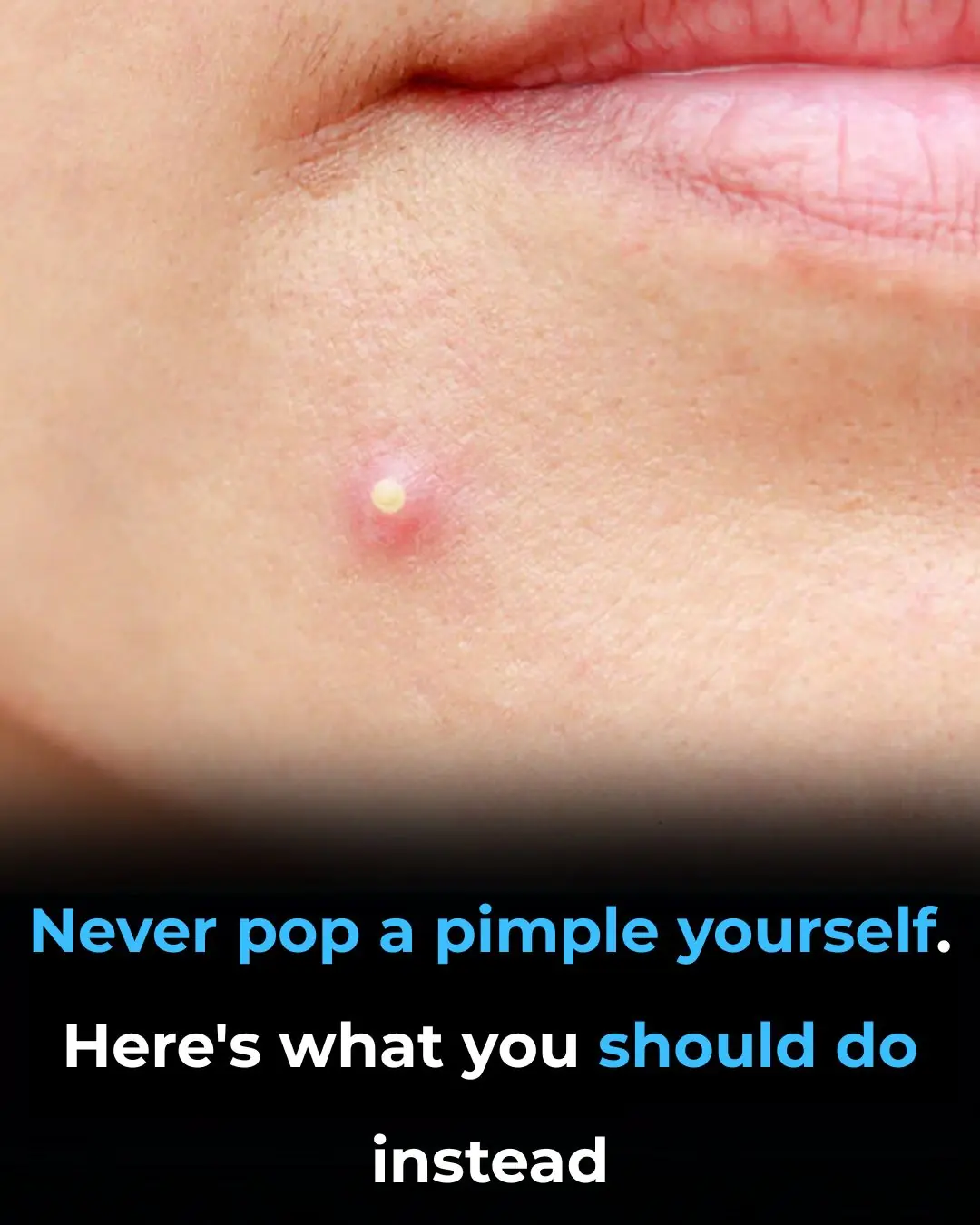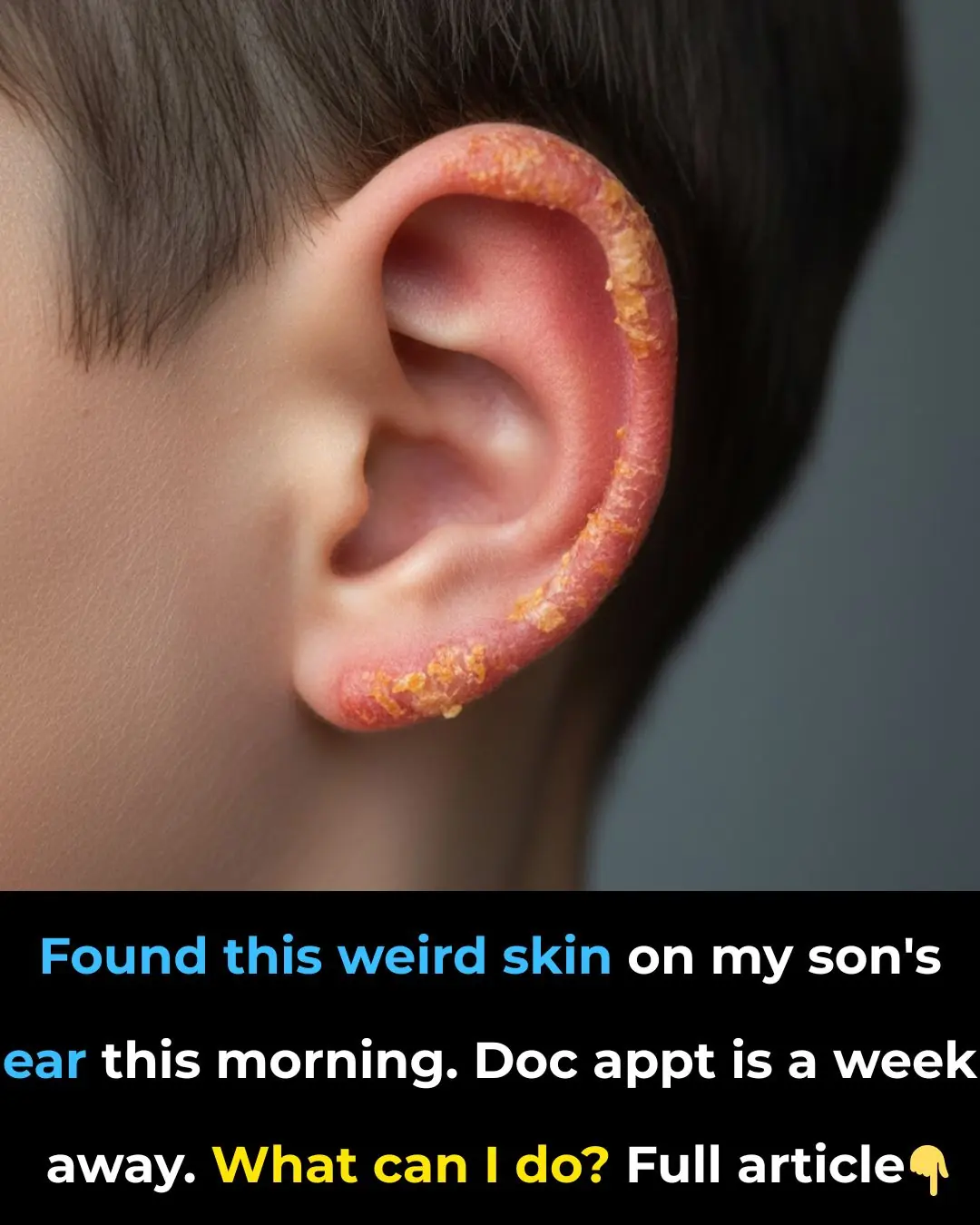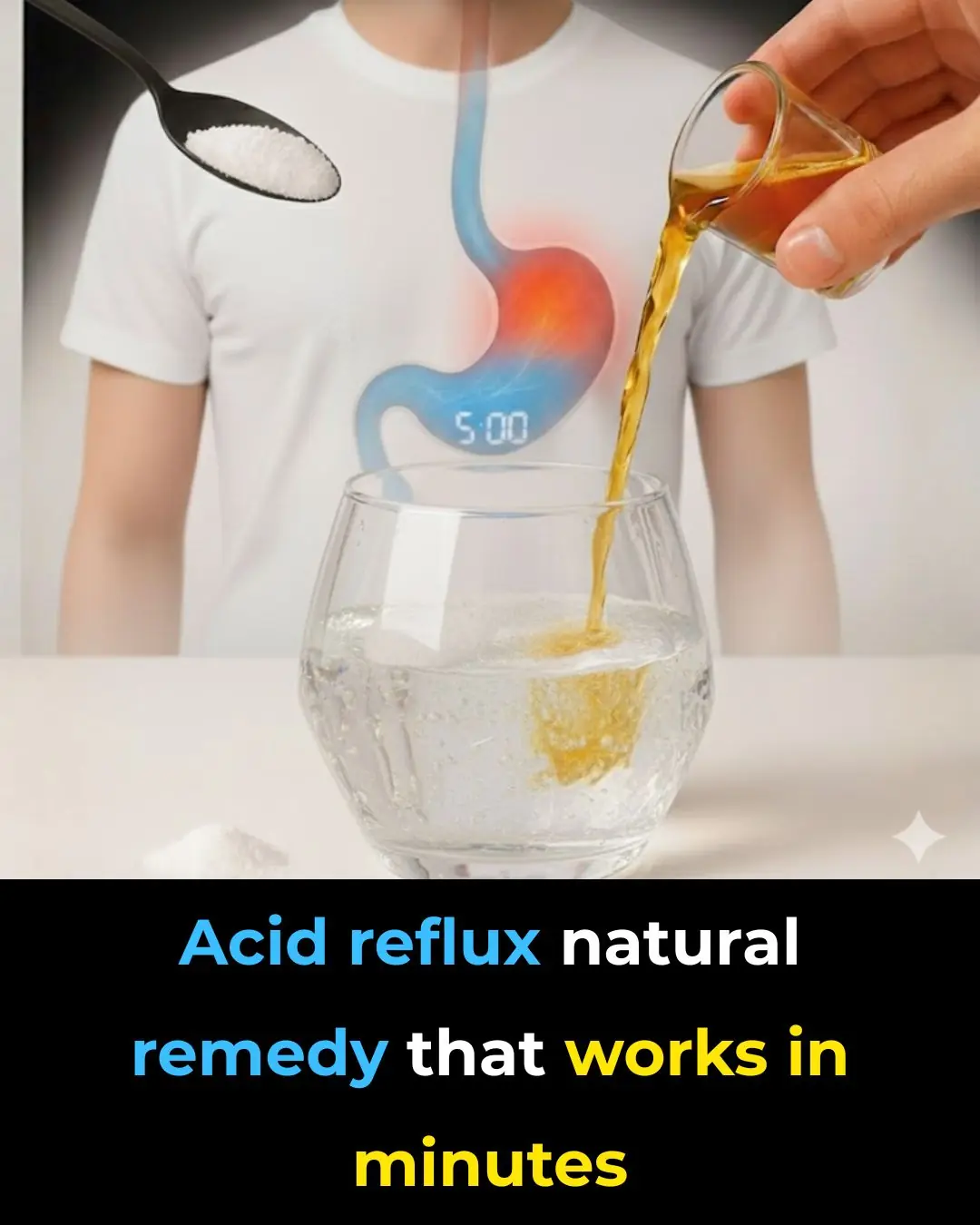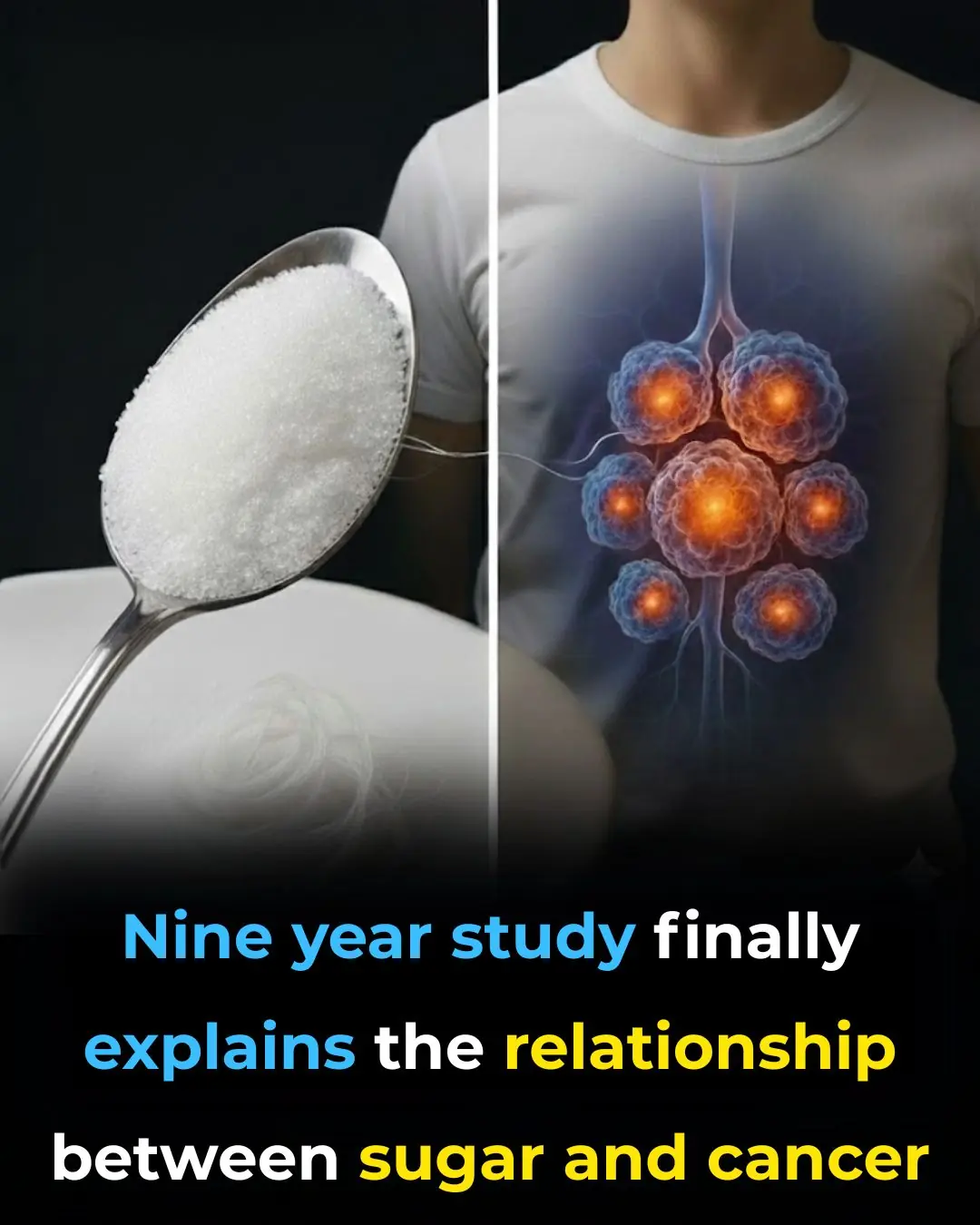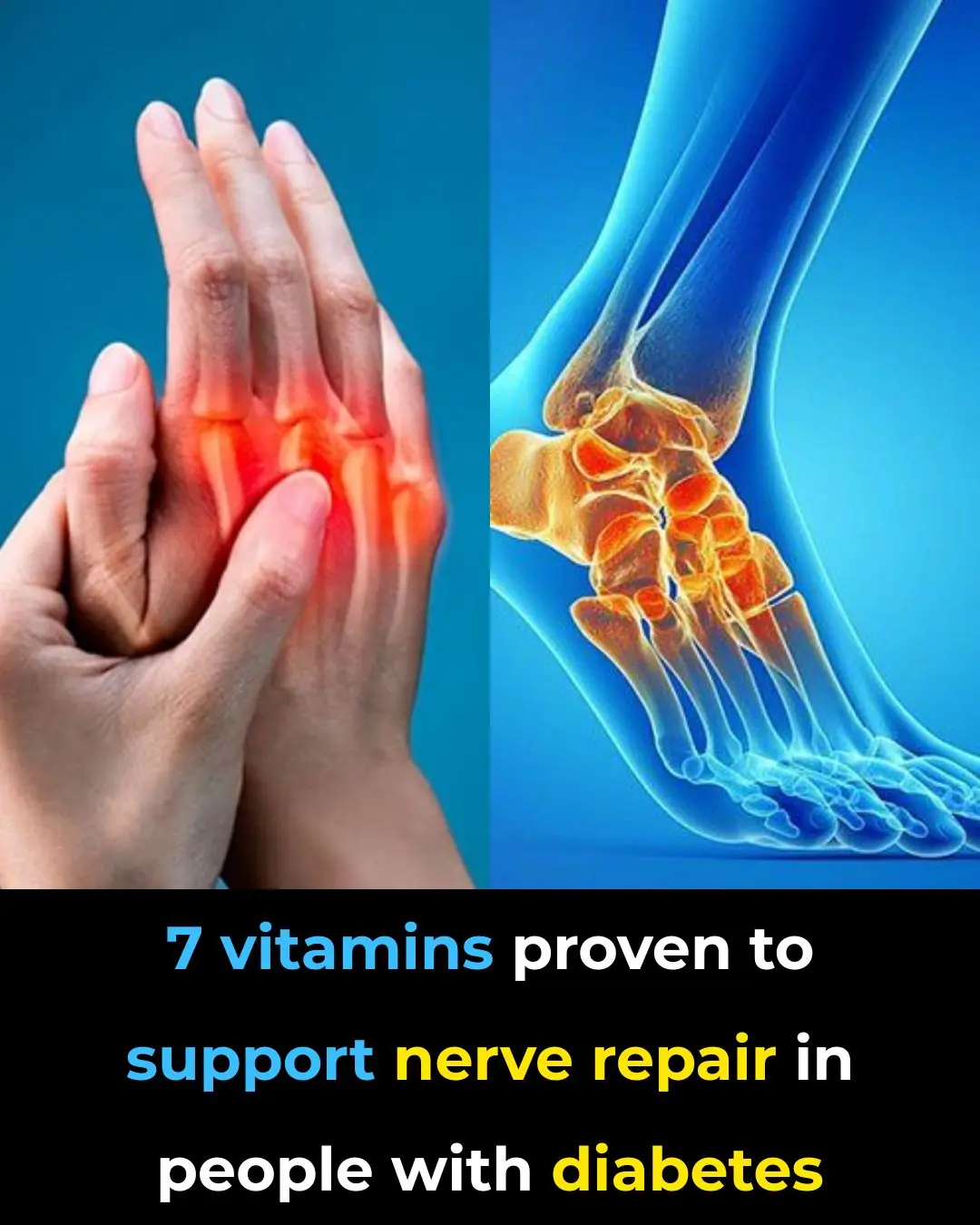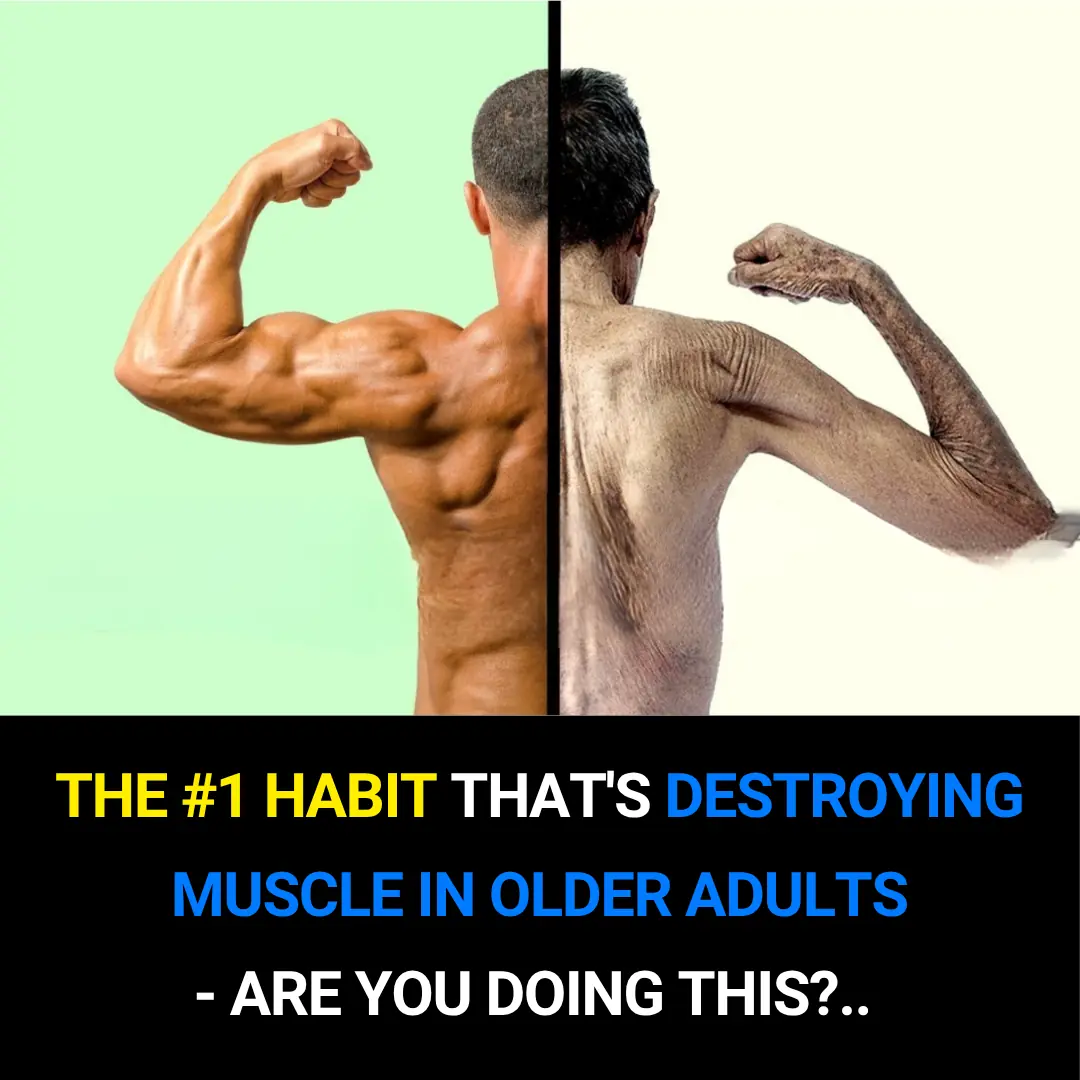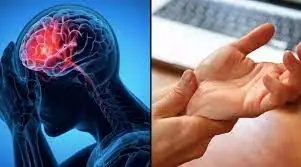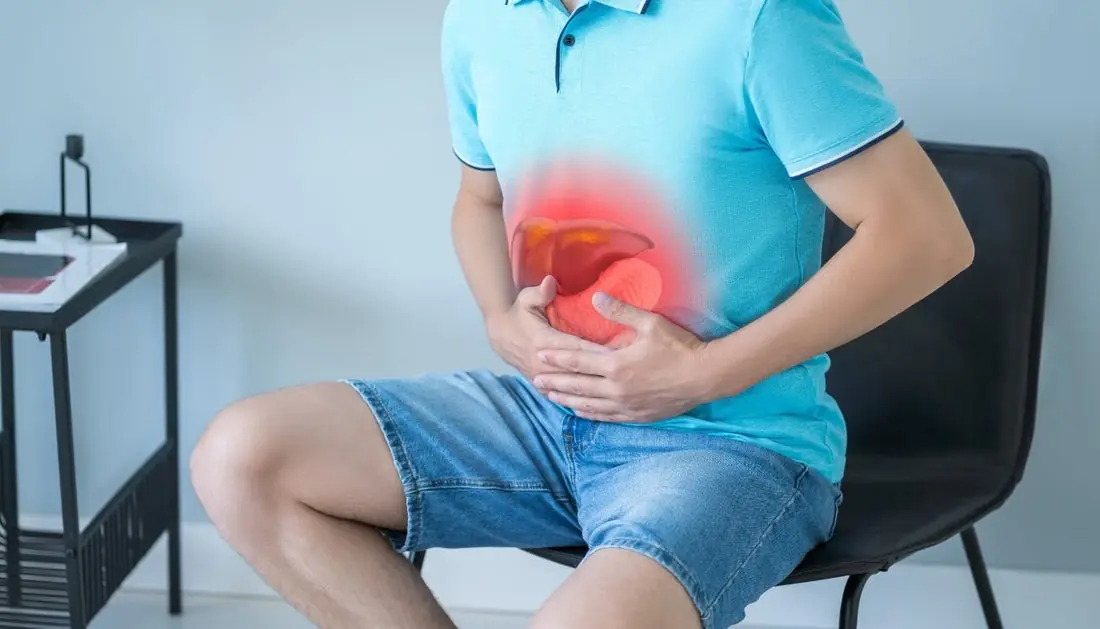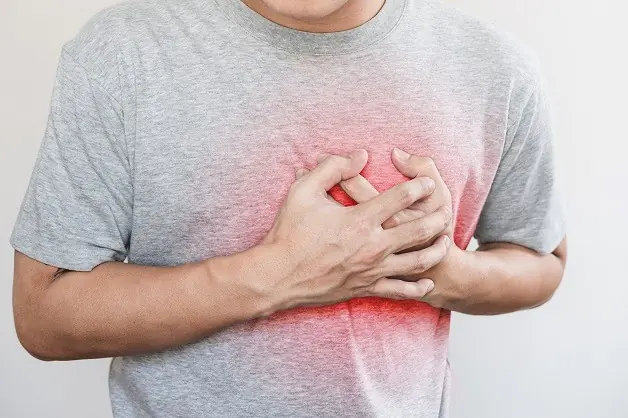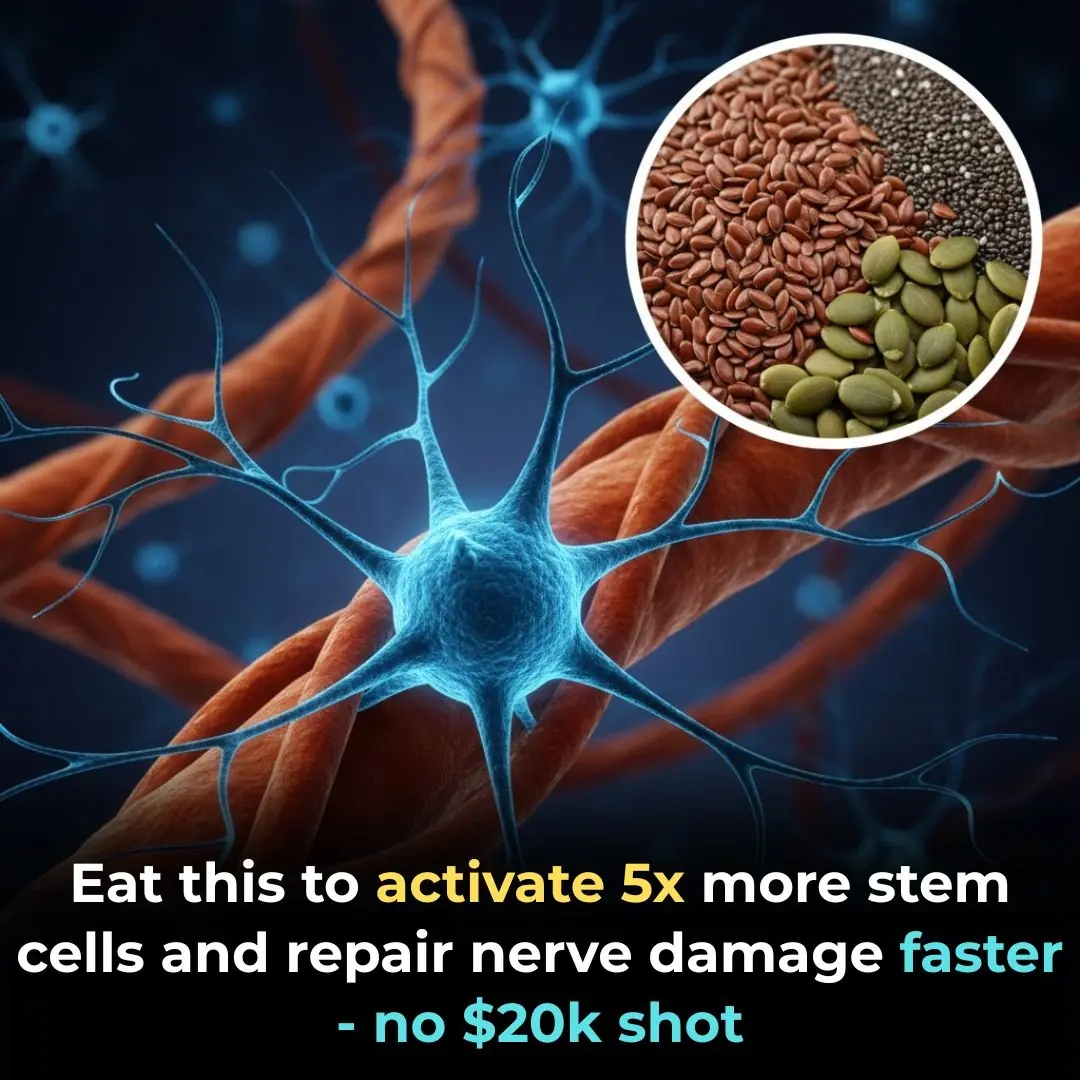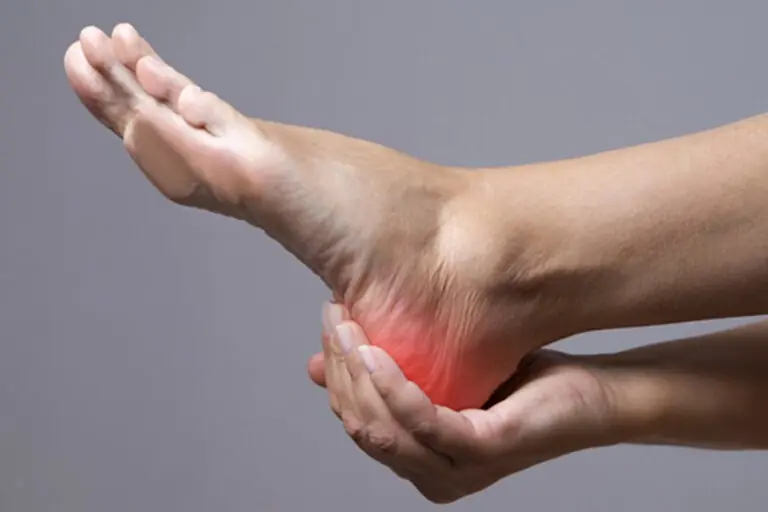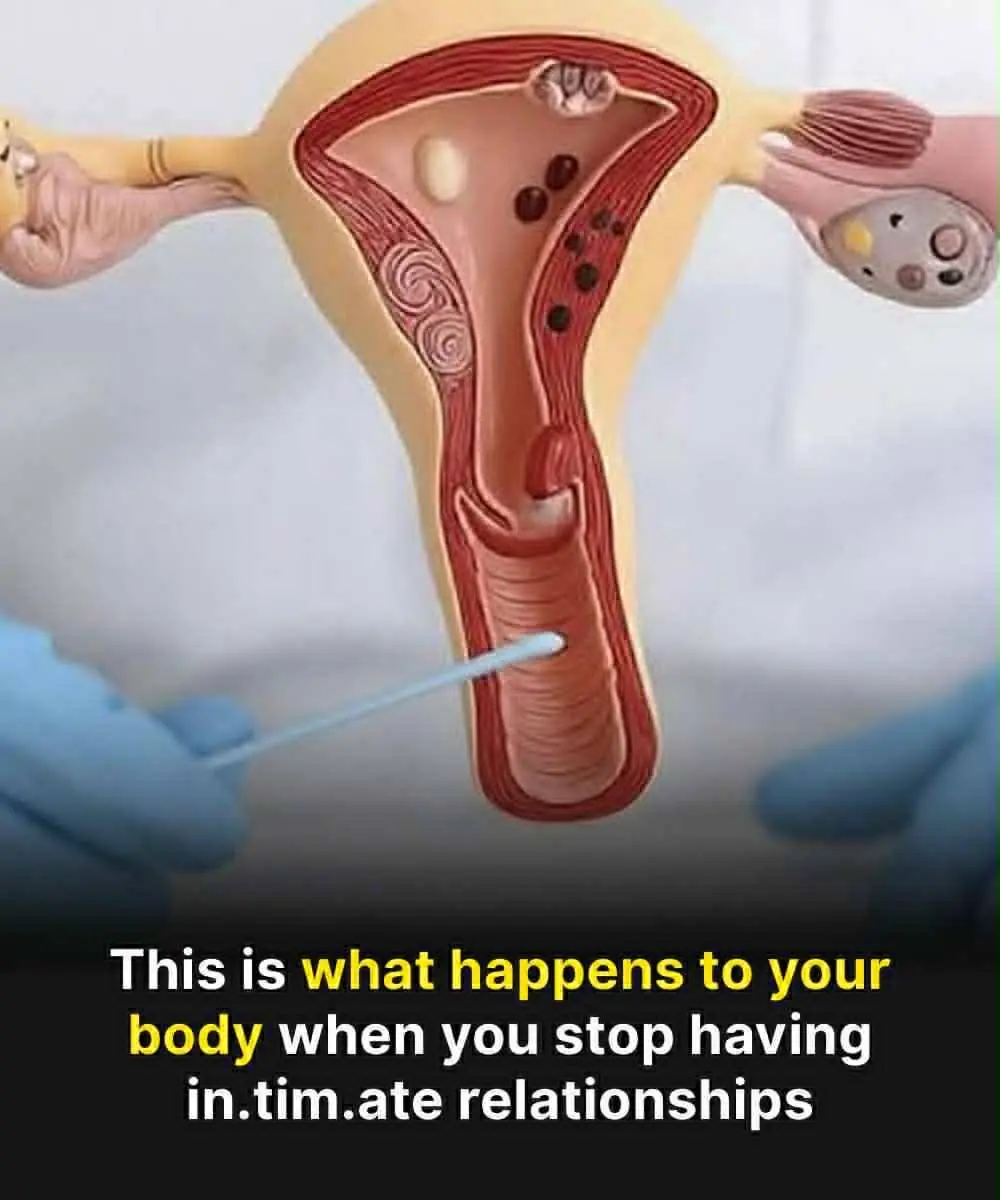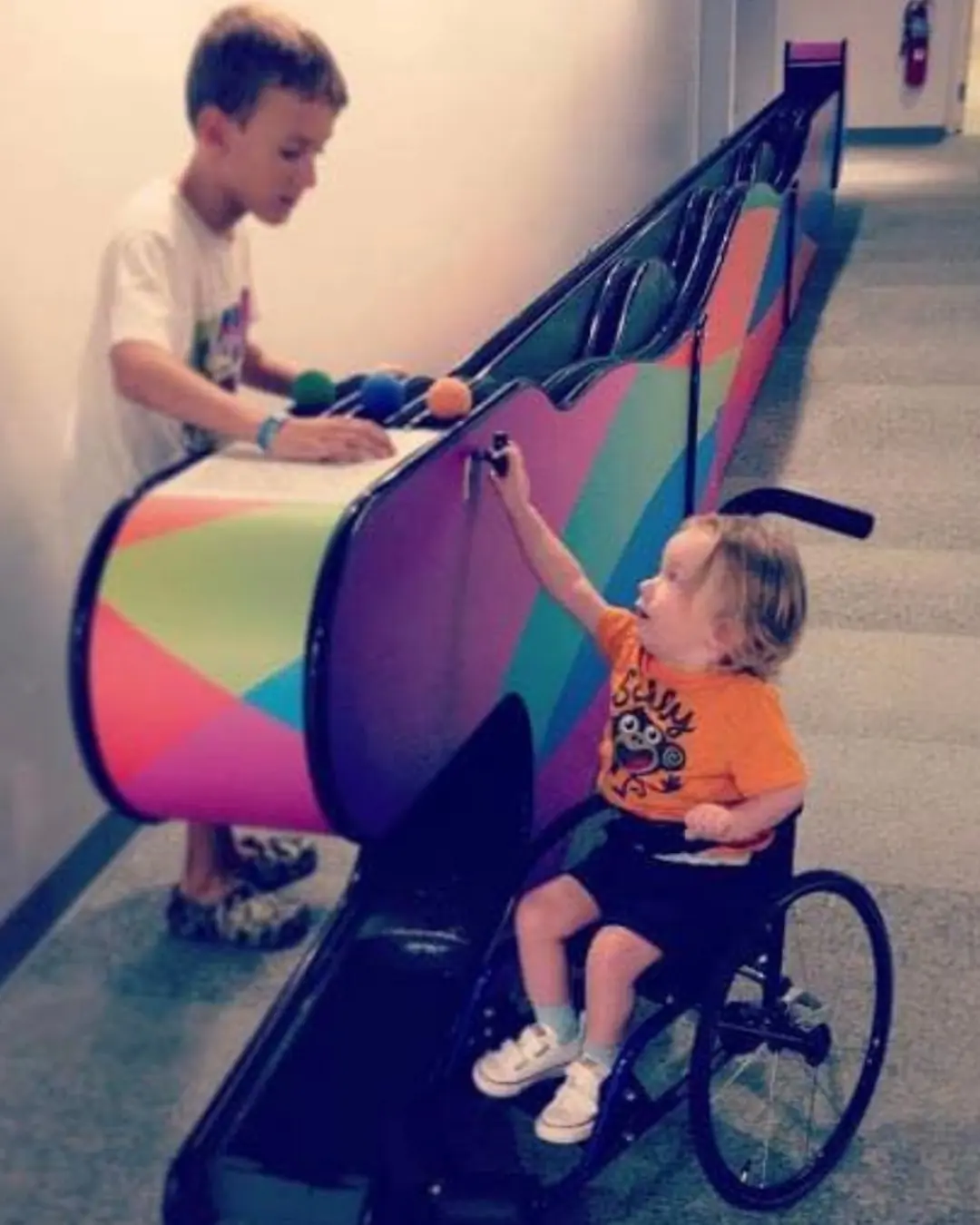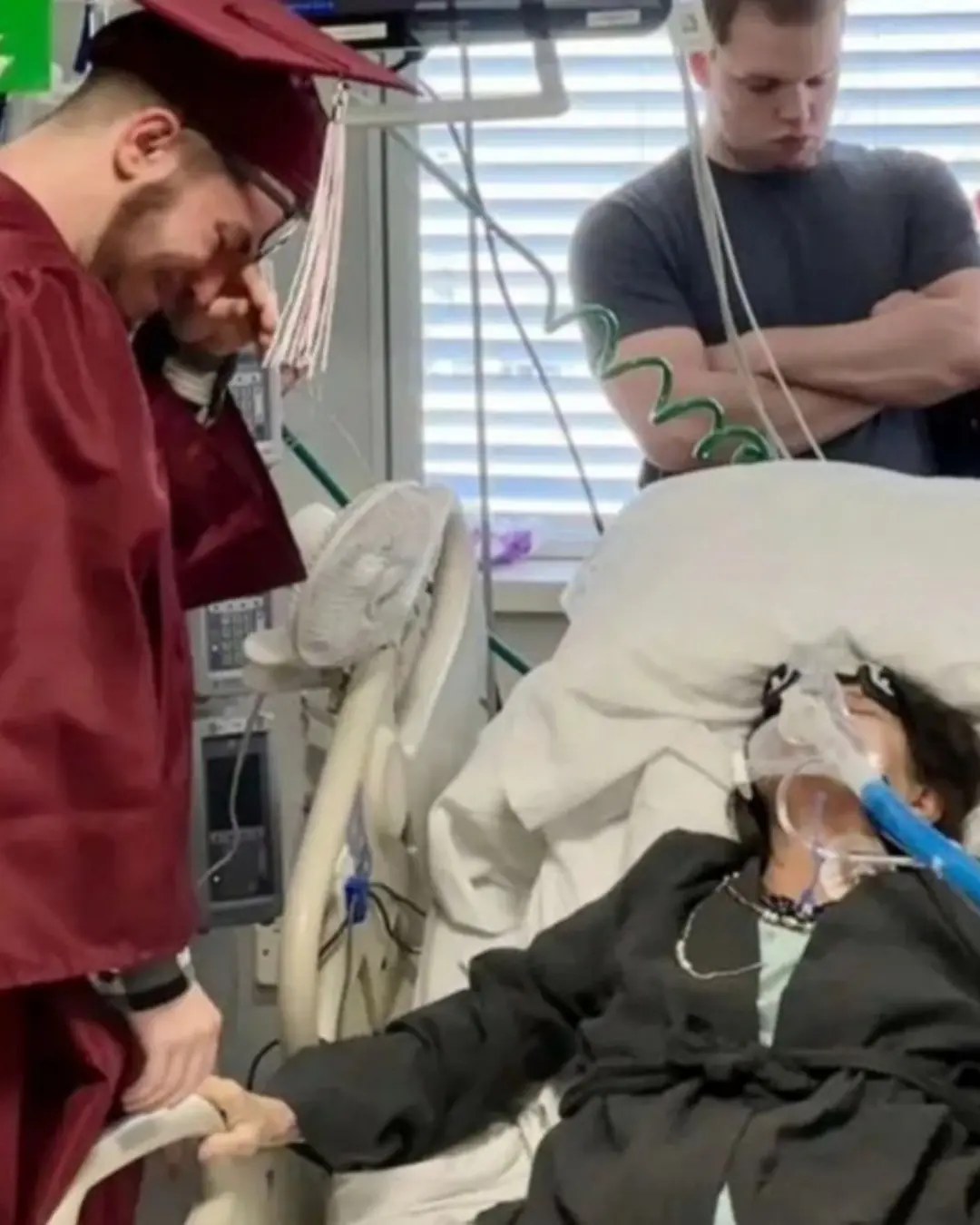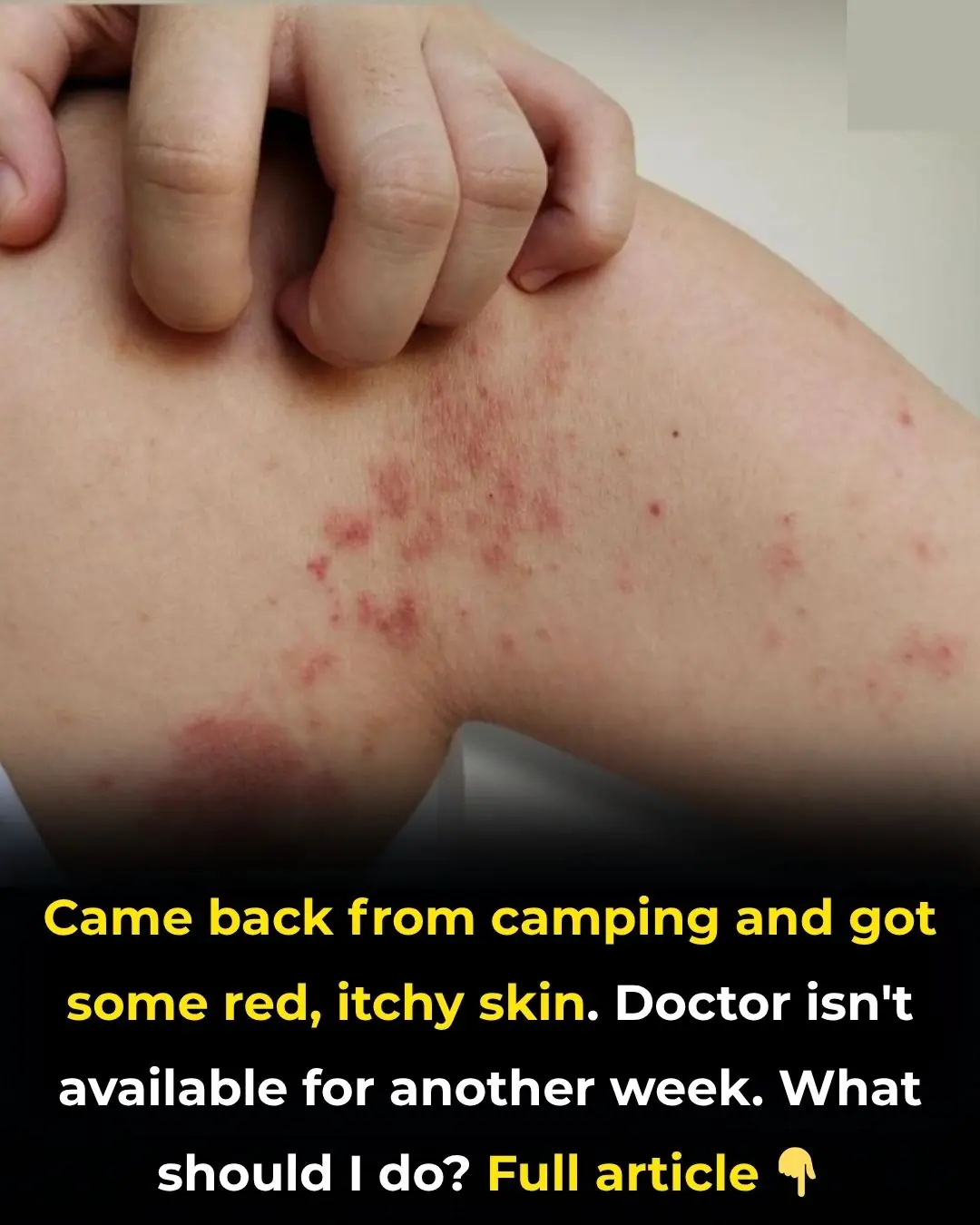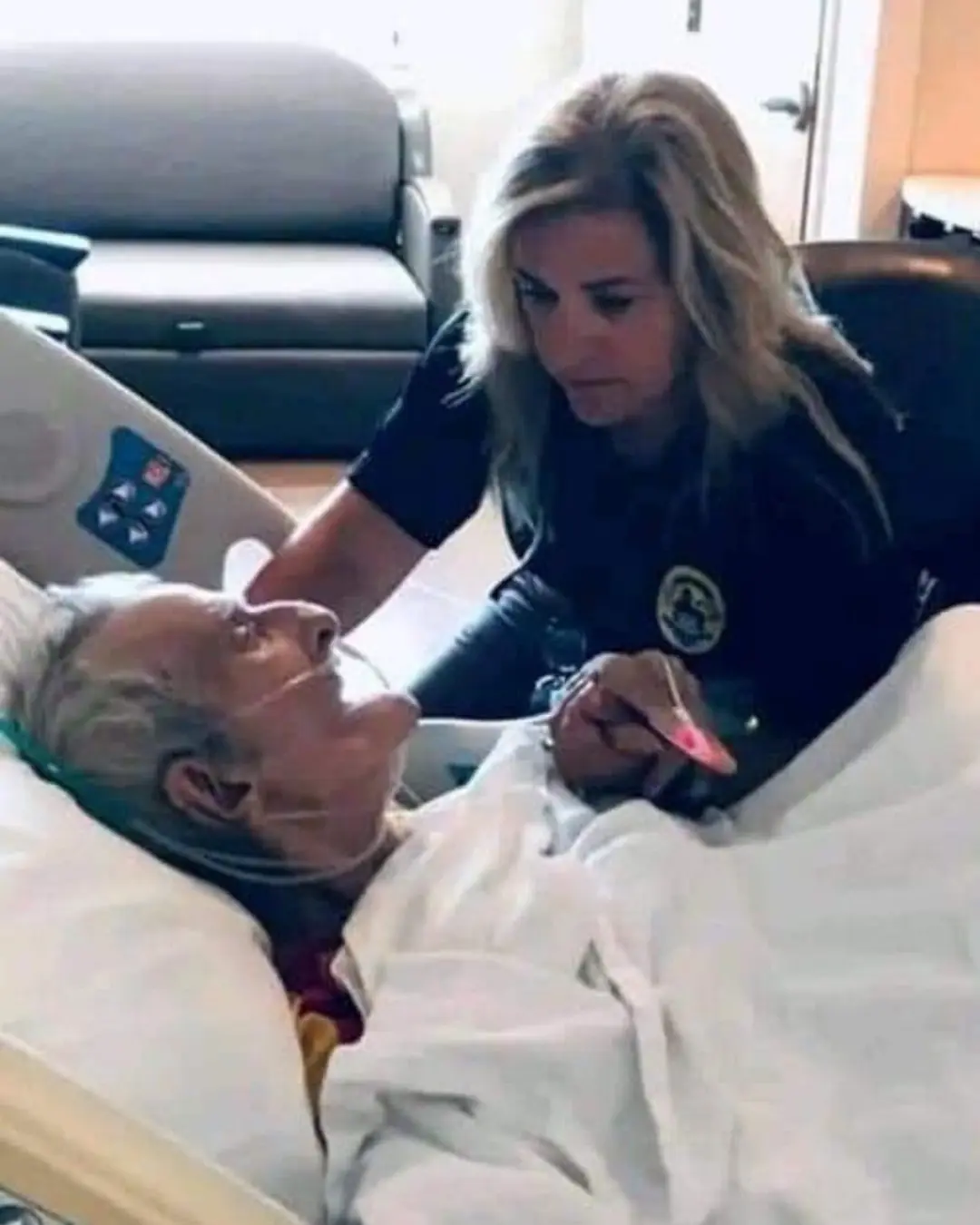Warning Signs You Should Never Ignore on Your Skin
Psoriasis is often misunderstood as just a skin problem. But in reality, it’s a chronic autoimmune disorder that affects millions of people globally — causing far more than just dry patches or scaly skin.
It can impact your nails, joints, and mental health, and it deserves careful attention and understanding.
If you or someone you know is dealing with psoriasis, read on to learn about the five major types, key symptoms, and what steps you can take to manage this complex condition.
What Is Psoriasis?
Psoriasis occurs when the immune system mistakenly speeds up the skin cell renewal cycle, causing skin cells to build up rapidly on the surface. This leads to patches of thick, scaly, and inflamed skin.
According to the Mayo Clinic, psoriasis often shows up as a rash with itchy, scaly patches—especially on the knees, elbows, trunk, and scalp.
Fact: Over 125 million people worldwide and about 8 million in the U.S. live with psoriasis. It’s not rare — and it’s not contagious.
While the exact cause is still unknown, genetics and environmental triggers (like stress, illness, or medications) are thought to play a significant role.
The 5 Main Types of Psoriasis
Psoriasis doesn’t look the same for everyone. Recognizing your specific type can help you work with your doctor on the most effective treatment plan.
1. Plaque Psoriasis (Psoriasis Vulgaris)
Most Common Type
This form affects up to 80–90% of people with psoriasis. It’s characterized by raised, inflamed patches of skin (called plaques) covered in silvery-white scales.
Key Traits:
- Texture: Thick, scaly plaques
- Color: Red or pink on lighter skin; may appear darker on darker skin
- Location: Elbows, knees, scalp, lower back
- Other: Itchy and may crack or bleed
On darker skin, plaque psoriasis may cause post-inflammatory hyperpigmentation — temporary dark or light spots even after healing.
2. Guttate Psoriasis
Often Seen in Children or Young Adults
Usually triggered by a bacterial infection like strep throat, this type appears suddenly and covers the body in small, red, drop-shaped spots.
Key Traits:
- Size: Small, teardrop-shaped lesions
- Common Triggers: Strep throat, upper respiratory infections
- Location: Torso, arms, legs
Guttate psoriasis may resolve on its own, but sometimes develops into chronic plaque psoriasis.
3. Inverse Psoriasis
Affects Skin Folds
This type shows up in areas where skin touches skin — like under the breasts, around the groin, and in armpits. Unlike other forms, it doesn’t flake or scale.
Key Traits:
- Texture: Smooth and shiny
- Color: Bright red or darker than surrounding skin
- Triggers: Friction, sweating, fungal infections
- Location: Skin folds (groin, underarms, under breasts)
Inverse psoriasis is more sensitive due to location — keep areas clean and dry.
4. Pustular Psoriasis
Rare but Serious
Marked by white pustules (non-infectious pus-filled blisters) on red, inflamed skin, this type can be localized (e.g., on palms and soles) or widespread.
Key Traits:
- Appearance: Red skin with white blisters
- Symptoms: May include fever, chills, fatigue
- Requires: Immediate medical attention
Pustular psoriasis can be dangerous if widespread. Don’t ignore symptoms like fever or blistering.
5. Erythrodermic Psoriasis
The Rarest — and Most Severe — Type
This form causes widespread redness, severe itching, and peeling of the skin over large areas. It can be life-threatening and usually requires hospitalization.
Key Traits:
- Appearance: Bright red skin that peels or sheds in sheets
- Symptoms: Severe itching, burning, swelling, chills
- Triggers: Sudden withdrawal of psoriasis meds, infection, or severe sunburn
If you suspect erythrodermic psoriasis, seek emergency medical help immediately.
Psoriasis Can Affect Your Nails, Too
In some cases, psoriasis affects the fingernails or toenails, causing:
- Pitting (tiny dents or holes)
- Discoloration
- Thickening or crumbling
- Separation from the nail bed (onycholysis)
These symptoms can be an early sign of psoriatic arthritis, a related autoimmune condition that affects the joints.

